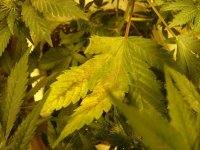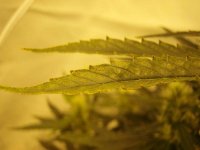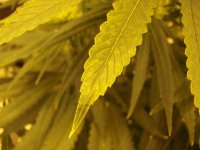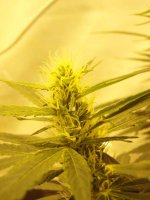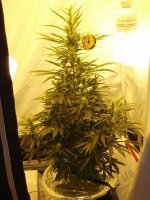elito
Member
this is my soil grow,DP euphoria,3rd week flower 1.0ec nutes ph 6.8/it mabe swinged a little bit inbetween/,400w hps,can somebod tell me what kind of a deficiency this is or maybe a ph problem,iv been working on my new hydro growroom so i neglected these now i got the time to deal with it



